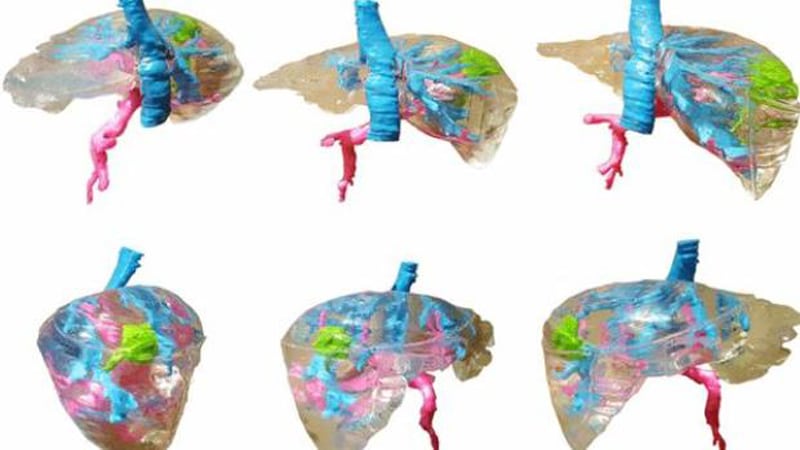
Day: February 23, 2017


Giuseppe Finizia launches an updated version of the 3D printed PCB workstation
February 23, 2017
No Comments
Read More »

Open bionics wins the International UAE Robotics award for Good competition
February 23, 2017
No Comments
Read More »

3D Printing and Mayo Clinic Worked Together To Treat Old Patient Face Transplant
February 23, 2017
No Comments
Read More »

Affordable Liver Model With FDM Technology are Created By Polish Researchers
February 23, 2017
No Comments
Read More »